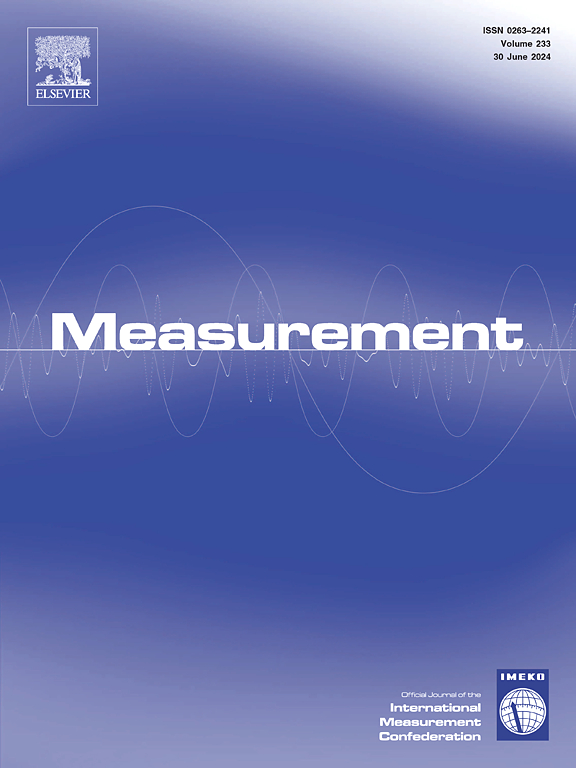通过信号曲率能量和概率误差函数进行高效结构影响定位
IF 5.2
2区 工程技术
Q1 ENGINEERING, MULTIDISCIPLINARY
引用次数: 0
摘要
本研究提出了一种基于概率误差函数的新型结构影响定位方法,该方法利用曲率能量提取到达时间(TOA)值。通过迭代计算传感器信号时间点的累积能量和曲率能量,将曲率能量曲线中第一个非零时刻确定为 TOA。该方法可消除错误信号,并利用预测的 TOA,最小化包含撞击力矩的误差函数,从而计算出结构内撞击位置的概率。实验结果表明,无加劲件钢板和有加劲件钢板的平均定位误差率分别为 5.31% 和 7.02%。最小定位误差率可达 0.20%。建议方法的主要优点包括(a) 提出了一种基于能量曲率的创新 TOA 自动提取方法,无需手动设置阈值,便于实施;(b) 基于新型概率误差函数的撞击定位方法,至少使用三个传感器即可定位撞击源并确定撞击发生时间;(c) 无需计算结构中的波速,消除了对预设数据库或精确波速估算的依赖;(d) 适用于各向同性和各向异性钢板结构。所提出的方法证明了在各种工程应用中进行实时结构健康监测和冲击定位的巨大潜力,为传统方法提供了一种实用、高效的替代方法。本文章由计算机程序翻译,如有差异,请以英文原文为准。
Efficient structural impact localization via signal curvature energy and probabilistic error function
This study presents a novel probabilistic error function-based structural impact localization method that leverages curvature energy to extract Time of Arrival (TOA) values. By iteratively calculating cumulative and curvature energy across sensor signal time points, the first non-zero moment in the curvature energy curve is identified as the TOA. The method eliminates false signals, and using the predicted TOA, an error function encompassing the impact moment is minimized to compute the probability of impact locations within the structure. Experimental results demonstrate average localization error rates of 5.31% and 7.02% for steel plate without stiffeners, steel plate with stiffeners. The minimum localization error rate can reach 0.20%. Key advantages of the proposed method include: (a) an innovative automatic TOA extraction method based on energy curvature is proposed, eliminating the need for manual threshold setting and facilitating implementation; (b) an impact localization method based on a novel probabilistic error function enables the localization of impact sources and determination of impact occurrence time using at least three sensors; (c) elimination the need for wave velocity calculations in structures and removes dependence on preset databases or accurate wave velocity estimates; (d) applicable to both isotropic and anisotropic steel plate structures. The proposed approach demonstrates strong potential for real-time structural health monitoring and impact localization in diverse engineering applications, offering a practical and efficient alternative to conventional methods.
求助全文
通过发布文献求助,成功后即可免费获取论文全文。
去求助
来源期刊

Measurement
工程技术-工程:综合
CiteScore
10.20
自引率
12.50%
发文量
1589
审稿时长
12.1 months
期刊介绍:
Contributions are invited on novel achievements in all fields of measurement and instrumentation science and technology. Authors are encouraged to submit novel material, whose ultimate goal is an advancement in the state of the art of: measurement and metrology fundamentals, sensors, measurement instruments, measurement and estimation techniques, measurement data processing and fusion algorithms, evaluation procedures and methodologies for plants and industrial processes, performance analysis of systems, processes and algorithms, mathematical models for measurement-oriented purposes, distributed measurement systems in a connected world.
 求助内容:
求助内容: 应助结果提醒方式:
应助结果提醒方式:


